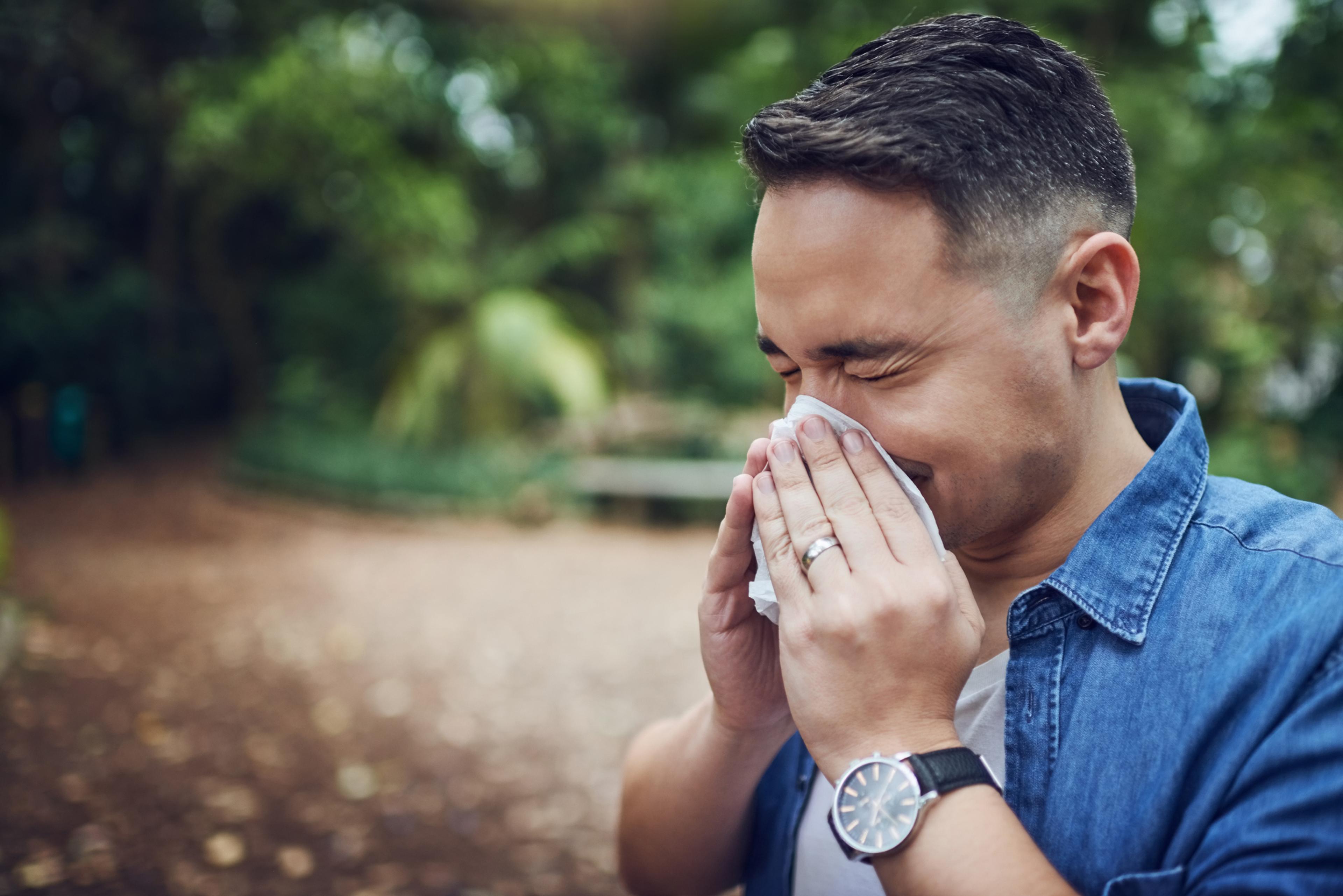Can You Develop Allergies as an Adult?
Amy Barczy
| 3 min read
Amy Barczy is a former brand journalist who authored...

Did the first nice days of spring suddenly bring itchy eyes, a scratchy throat and wreak havoc on your sinuses? Chances are, you may have developed a seasonal allergy.
Allergies do not only affect children – millions of adults in the U.S. develop allergies later in life. For example, out of the 10% of U.S. adults with a food allergy, half developed during adulthood.
Allergies are your body’s immune reaction to a foreign substance: something you eat, breathe into your lungs, touch with your skin or have injected into your body. They are the country’s most common, but overlooked, diseases, according to the Asthma and Allergy Foundation of America.
Allergies have no cure – but typically can be successfully managed with preventive and treatment measures, done best under the supervision of a health care provider.
Signs of an allergy
The signs of an allergic reaction may vary depending on the individual and the trigger. However, there are some general signs to be aware of:
- Coughing
- Sneezing
- Hives
- Rashes
- Itchy eyes
- Runny nose
- Scratchy throat
In severe cases, signs can include:
- Low blood pressure
- Difficulty breathing
- Asthma attack
- Death if left untreated
Types of allergies
Indoor and outdoor allergies
Allergens in the air can come from indoor or outdoor sources. Indoor allergens can include mold, animal dander, and droppings from dust mites and cockroaches.
For many individuals, their allergy triggers can depend on the time of year. Seasonal allergic rhinitis, or hay fever, affects 26% of adults in the U.S. and 19% of children. For others, outdoor allergens may be constant.
The body reacts to mold, pollen from trees, grasses and weeds – mainly during the spring and fall during the life cycle of different plants.
Food allergy
About 6.2% of adults and 5.8% of children in the U.S. have a food allergy. The nine most common foods that cause food allergies are milk, soy, eggs, wheat, peanuts, nuts, sesame, fish and shellfish. For children, milk is the most common allergen. For adults, shellfish is the most common food allergen.
Latex allergy
An allergy to latex affects 4.3% of U.S. adults – although the rate is higher among different occupations. About 9.7% of health care workers have a latex allergy.
Insect allergy
About 5% of the population is affected by insect allergies, which include stings from bees, wasps and ants. For some individuals, this can be deadly. Exposure to cockroaches and dust mites may also trigger allergy symptoms.
Skin allergy
One in five people have skin contact allergies. Skin allergies can range from hives, eczema, inflammation and contact allergies. Causes can include contact with plants like poison ivy, poison oak and poison sumac – as well as contact with cockroaches and dust mites, certain foods or latex.
Drug allergy
Allergies to drugs are rare. The most commonly reported drug allergy is to penicillin – which affects less than 1% of the total population.
How to seek help for an allergy
If you are experiencing an urgent health issue like difficulty breathing or a sudden drop in blood pressure, seek emergency care immediately by calling 911. Allergies can be life-threatening if not treated quickly.
For non-urgent symptoms, document any issues you may have and talk to your primary care provider. Ask if an allergy could be the cause. Be sure to describe your symptoms and any medications and treatments you may take in detail.
Blue Cross Blue Shield of Michigan and Blue Care Network members can find a doctor near them by logging in to their online member account at bcbsm.com.
Photo credit: Getty Images





